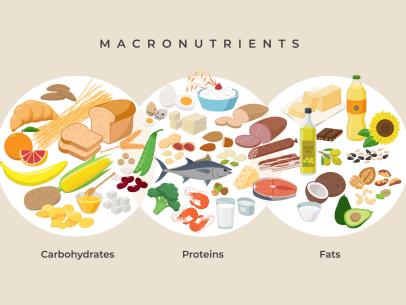Starting your fitness journey can be confusing. Ever wonder which body parts to work out together for the best results? Let’s simplify it together!

Push/Pull splits divide workouts into Push and Pull sessions, targeting specific muscle groups like chest and back. Push exercises focus on pushing movements, including chest, triceps, and shoulders. Pull workouts emphasize pulling motions, engaging back and biceps. This split optimizes muscle targeting and recovery.
There also are other options you can chose from. Arnold Split, popularized by Arnold Schwarzenegger, divides workouts into chest and back and then shoulders and arms, with legs trained separately. This splits targets major muscle groups individually for comprehensive development. Chest and back workouts focus on upper body strength and size, while shoulders and arms sessions enhance arm and shoulder definition. Leg workouts prioritize lower body strength and stability. Arnold Split emphasizes symmetry and proportion in muscle development, catering to bodybuilders and fitness enthusiasts seeking balanced physique growth.

